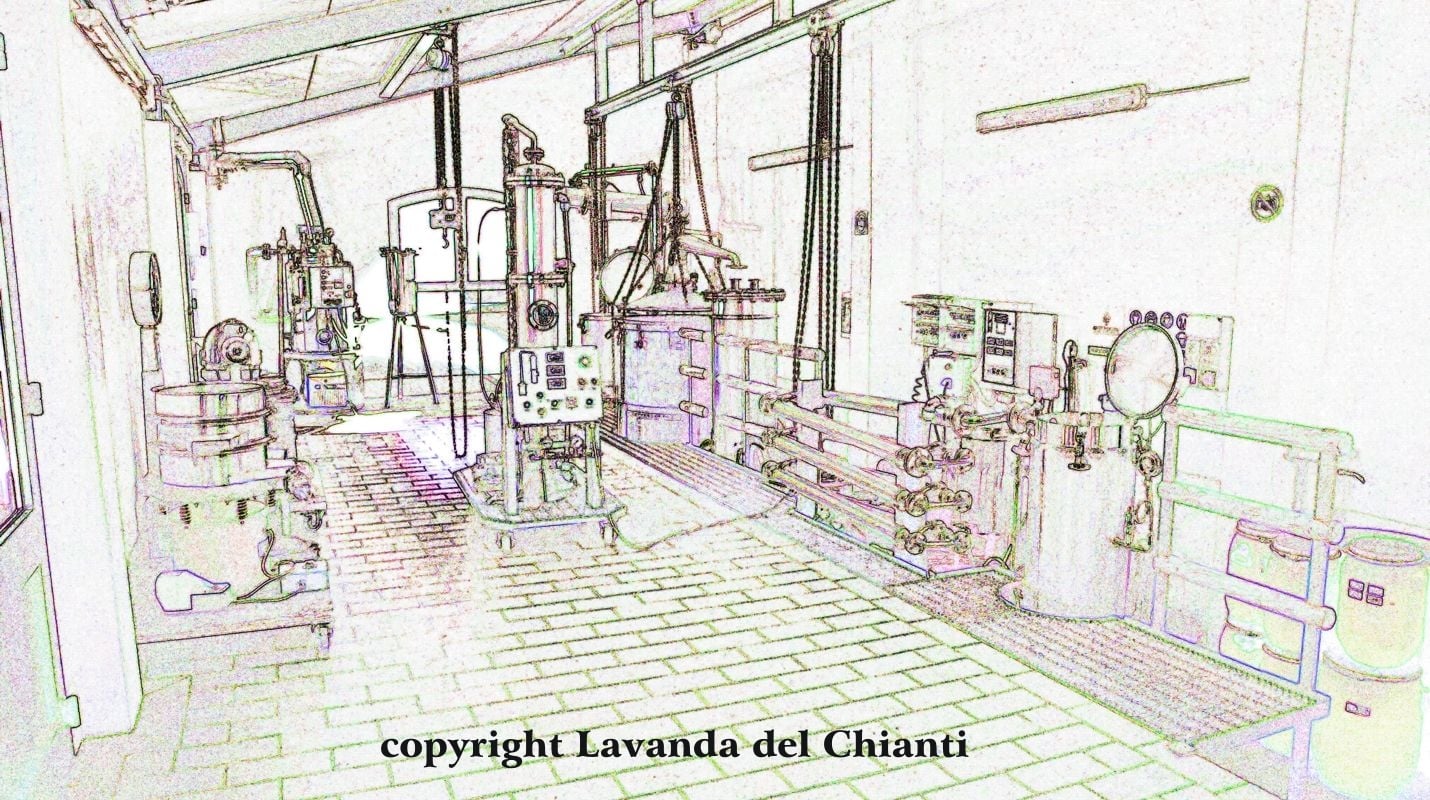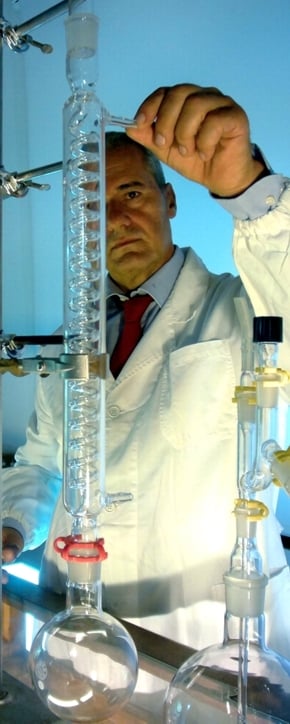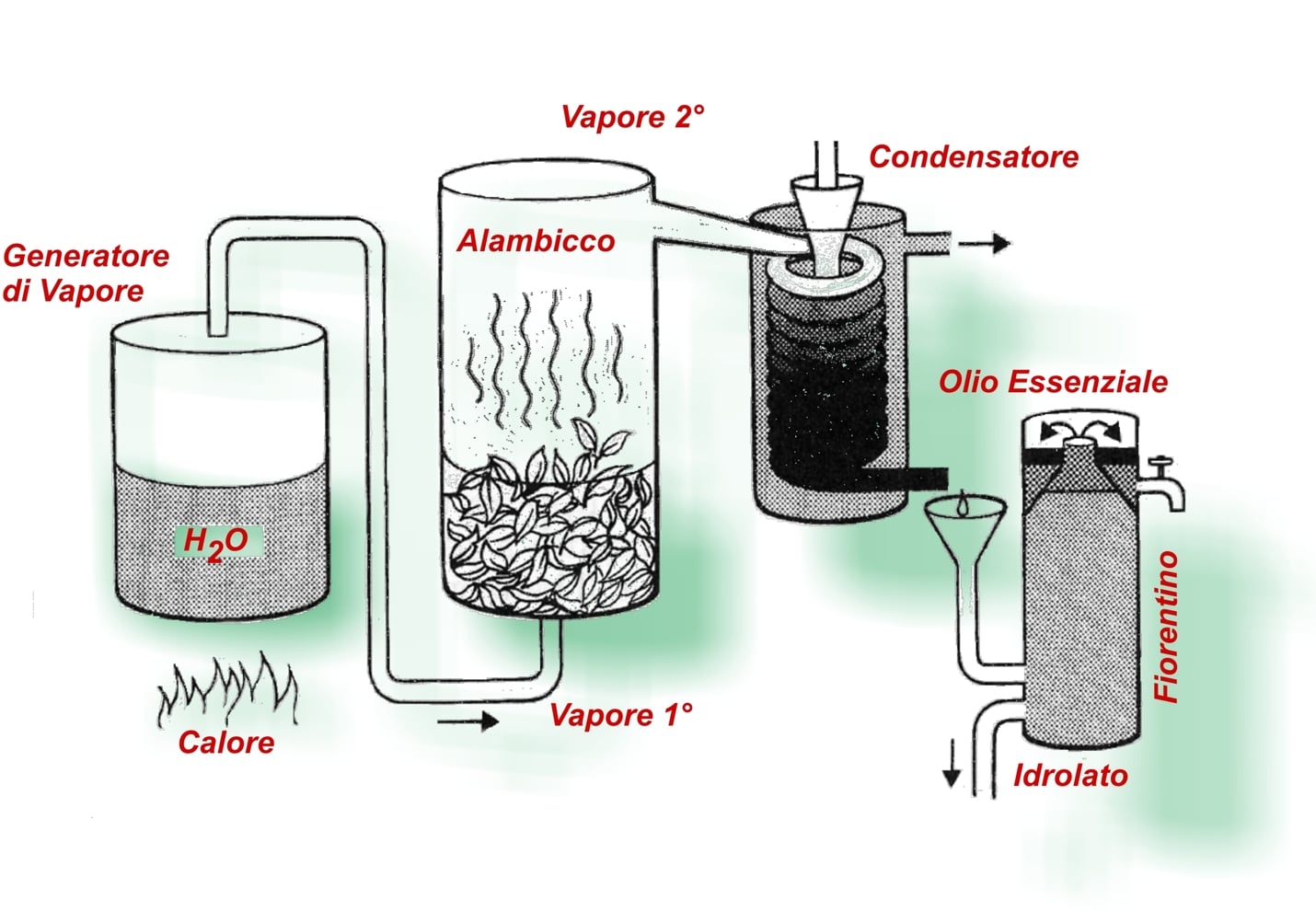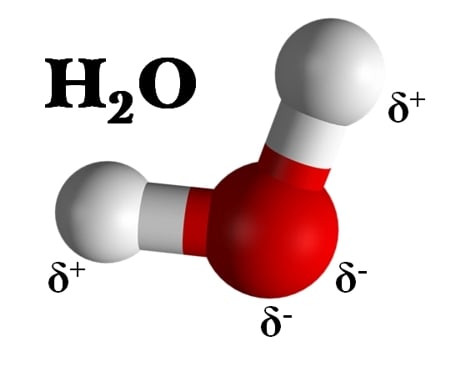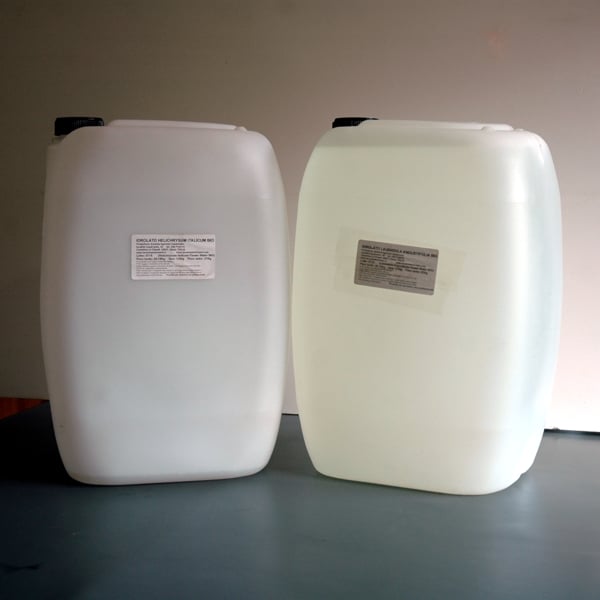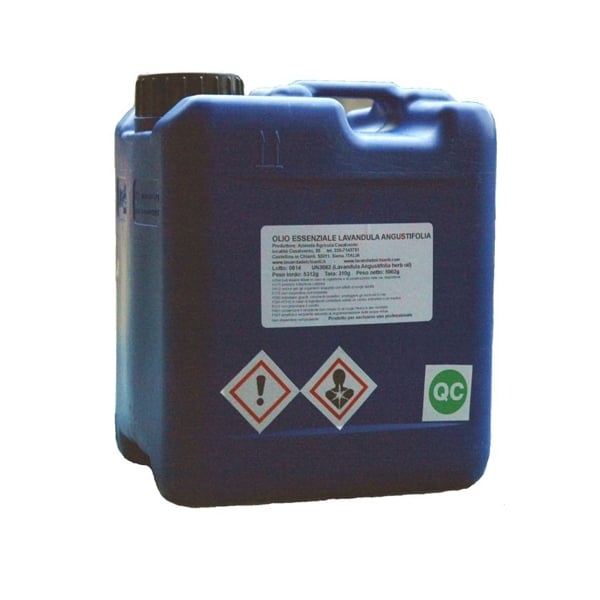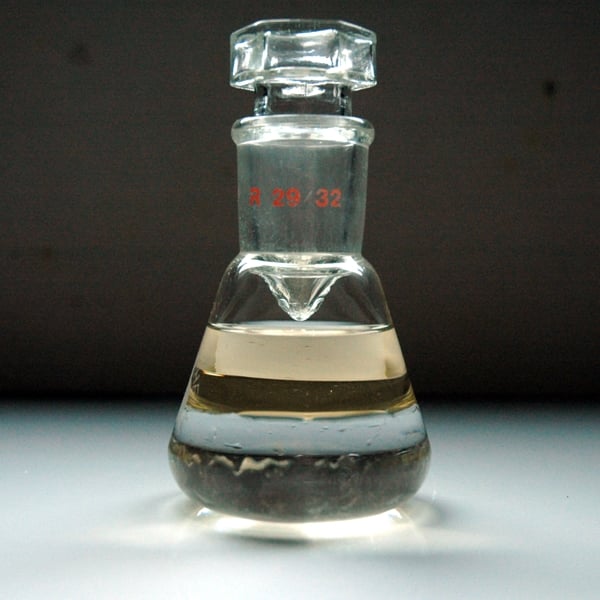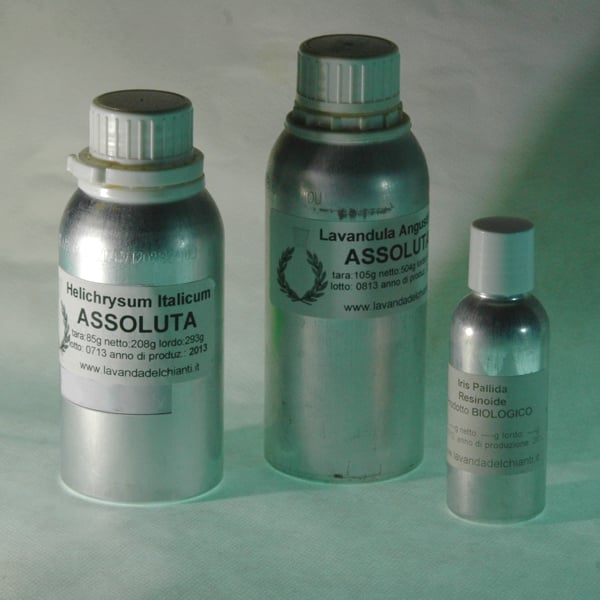The Distillery
Distillation Workshop at Casalvento
The processing of officinal plants requires adequate technologies. Each plant has its own process and wants a dedicated plant. According to our experience it is not possible with the same distiller to require quality extracts and make it economically advantageous from anything that comes to mind.
We currently have 7 different extractors of various technology, size, shape, structure and operation, specially designed to fit the working process required for a particular flower, root, leaf, spring, wood or seed.
This distinguishes the professional distillation from the amateur one.
316L stainless, borosilicate glass, teflon, brass and copper are the noble components of the extractors, but they would be nothing but living elements if they were not managed by proper process software.
A sophisticated electronic control of the physical parameters of temperature, pressure, flow, stirring, … monitors every extraction and guarantees the best quality of production.


